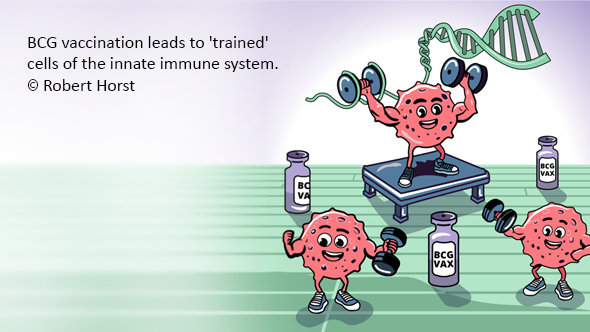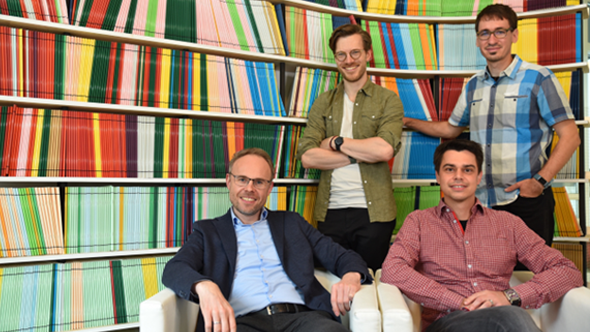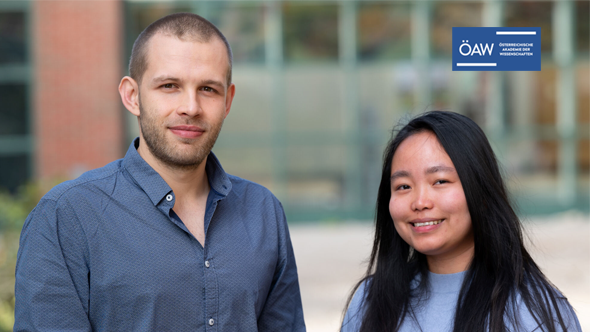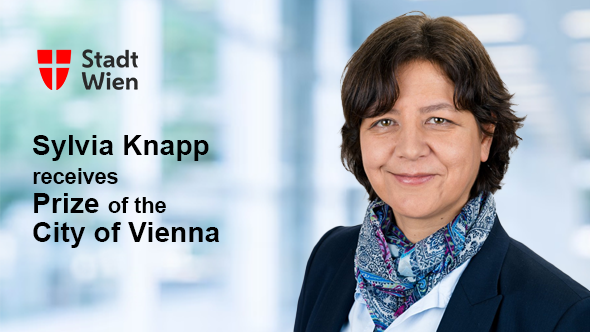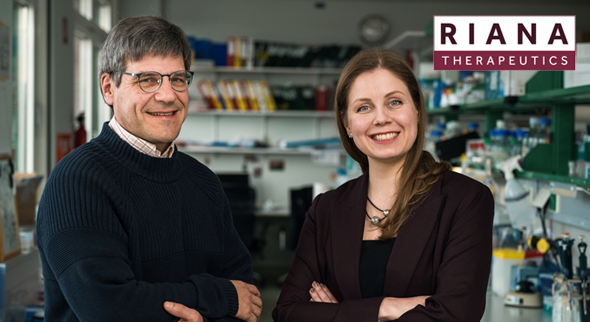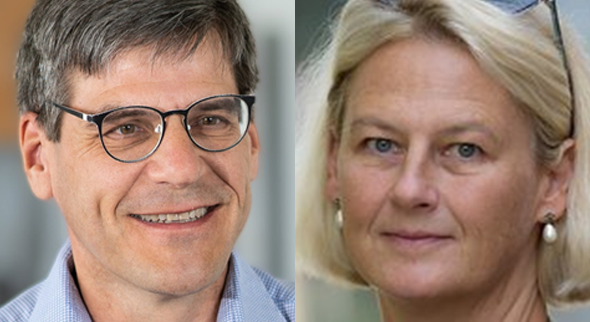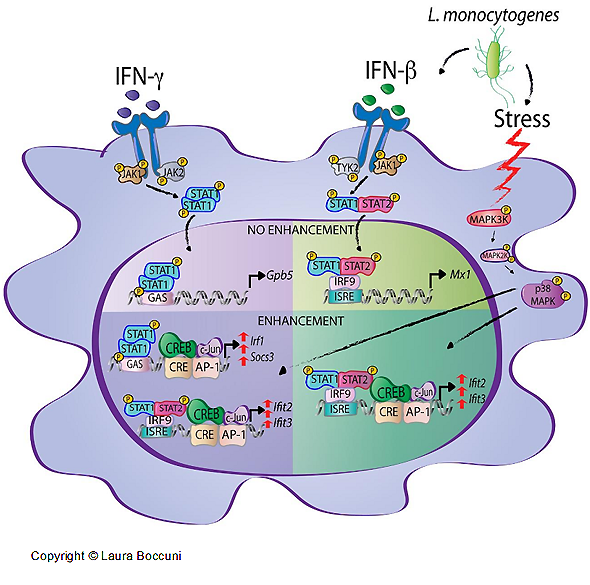Targeting STAT5 in hematopoietic cancers
T cell acute lymphoblastic leukemia (T-ALL) is an aggressive immature T cell cancer. A research team led by Prof. Richard Moriggl at the University of Veterinary Medicine Vienna has studied the most frequent and clinically challenging STAT5BN642H driver in T cell development and immature T cell cancer onset in genetically modified mice. Supported by SFB groups and highly regarded international collaborators the first author Tobias Suske found small molecular agents targeting STAT5B drastically reduced cancer growth in human T-ALL cell lines grafted into mice.
Published in The Journal of Clinical Investigation
Tobias Suske, Helena Sorger, Gabriele Manhart, Frank Ruge, Nicole Prutsch, Mark W. Zimmerman, Thomas Eder, Diaaeldin I. Abdallah, Barbara Maurer, Christina Wagner, Susann Schönefeldt, Katrin Spirk, Alexander Pichler, Tea Pemovska, Carmen Schweicker, Daniel Pölöske, Emina Hubanic, Dennis Jungherz, Tony Andreas Müller, Myint Myat Khine Aung, Anna Orlova, Ha Thi Thanh Pham, Kerstin Zimmel, Thomas Krausgruber, Christoph Bock, Mathias Müller, Maik Dahlhoff, Auke Boersma, Thomas Rülicke, Roman Fleck, Elvin Dominic de Araujo, Patrick Thomas Gunning, Tero Aittokallio, Satu Mustjoki, Takaomi Sanda, Sylvia Hartmann, Florian Grebien, Gregor Hoermann, Torsten Haferlach, Philipp Bernhard Staber, Heidi Anne Neubauer, Alfred Thomas Look, Marco Herling, Richard Moriggl
Hyperactive STAT5 Hijacks T-Cell Receptor Signaling and Drives Immature T-Cell Acute Lymphoblastic Leukemia
https://doi.org/10.1172/JCI168536


